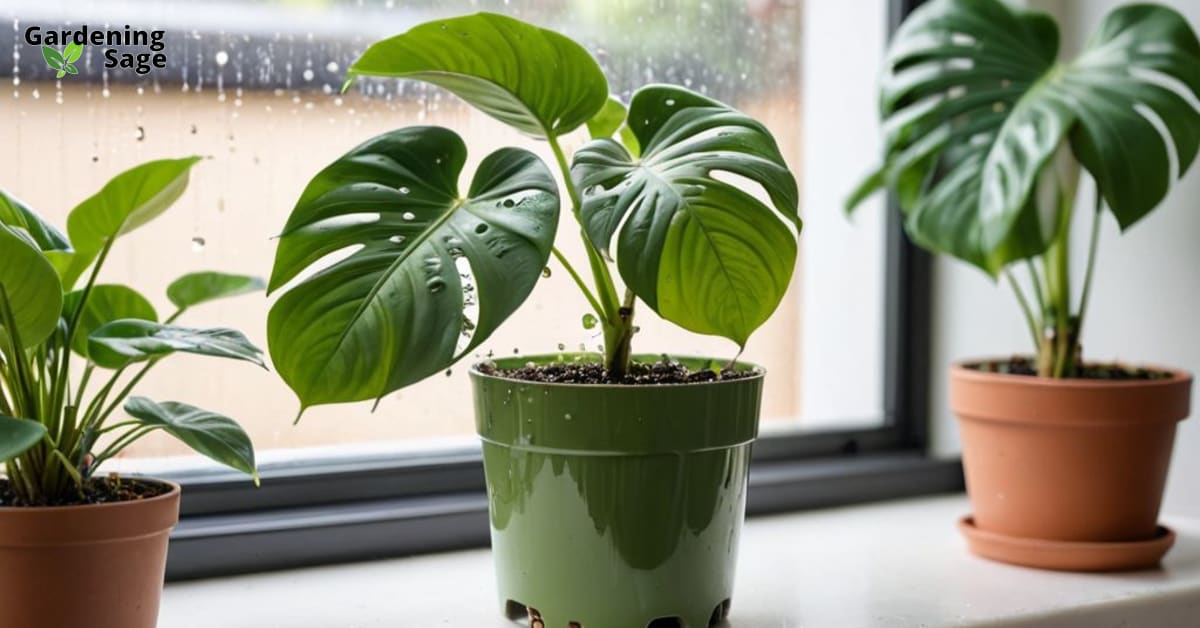Propagating Monstera Deliciosa: Tips for Growing the Swiss Cheese Plant
With its vibrant green leaves punctuated by dramatic holes, the Monstera deliciosa makes a striking addition to any indoor jungle. This tropical plant is more commonly known as the Swiss cheese plant, referencing the unique fenestrations that develop in its foliage as it matures. If you’re looking to expand your Monstera collection, propagating this plant at home is an easy and rewarding endeavor. Not only does it allow you to multiply your collection, but it also offers a chance to share this stunning plant with friends and family.
Understanding Monstera Deliciosa
Before diving into propagation, it’s important to understand the natural habits of Monstera deliciosa. Native to the tropical forests of Central and South America, this plant thrives in warm, humid conditions with dappled sunlight. In its natural habitat, Monstera deliciosa climbs trees with its aerial roots, seeking light above the forest floor. This climbing tendency is something to consider when providing care for your propagated plants.
Choosing the Best Propagation Method
Monstera deliciosa can be propagated through several methods, including stem cuttings, air layering, or division. Each method has its own set of advantages. Taking stem cuttings is often the simplest approach for home gardeners and is highly successful. Air layering is a more advanced technique that encourages roots to form on the plant while still attached to the parent. Division is typically used when repotting an overgrown Monstera, allowing you to separate the plant into smaller sections.
Step-by-Step Guide to Propagating with Stem Cuttings
Follow these detailed steps for propagating Monstera deliciosa through stem cuttings:
- Select a healthy stem with 3-5 leaves and at least 2 nodes. Nodes are crucial as they are the points from which new roots will sprout.
- Use sterile pruning shears to cut the stem right below a node. This helps prevent infection and ensures a clean cut for optimal rooting.
- Remove the lower leaves from the cutting, leaving just 2-3 leaves at the top. This reduces moisture loss and focuses the cutting’s energy on root development.
- Dip the end of the cutting in rooting hormone powder to encourage root growth. Rooting hormone can significantly increase the chances of successful propagation.
- Plant the cutting in a small pot filled with well-draining potting mix. Water lightly to settle the soil around the new cutting.
- Cover the pot with a clear plastic bag to create a greenhouse environment. This maintains humidity, which is crucial for root development.
- Place the pot in bright, indirect light and wait for roots to develop. This can take several weeks, so patience is key.
- Once rooted, which you can check by gently tugging on the plant to feel for resistance, uncover and water when the soil surface feels dry. Fertilize monthly with a balanced liquid fertilizer to support new growth.
With the right care, your new Monstera plant will quickly establish and start producing those iconic split leaves that give it its nickname – the Swiss cheese plant. The satisfaction of watching a new plant grow from a cutting you’ve taken is truly rewarding for any plant enthusiast.
Caring for Your Propagated Swiss Cheese Plant
Caring for your newly propagated Monstera deliciosa requires paying attention to light, water, humidity, and fertilizer needs. It’s essential to replicate the tropical conditions of its native environment to the best of your ability.
Light Requirements
Monstera thrives in bright, indirect sunlight. Place it near a south or west facing window where it will get plenty of light but avoid harsh direct rays that can scorch the leaves. If natural light is limited, consider using grow lights to provide the necessary spectrum of light for healthy growth.
Watering and Humidity
Allow the top inch of soil to dry out between waterings and mist the leaves often to increase humidity. Drooping leaves can indicate under-watering, while yellowing leaves may suggest overwatering. A pebble tray or humidifier can also help maintain the ideal humidity levels for your Monstera.
Fertilizer
Feed Monstera with a balanced liquid fertilizer diluted to half strength every 2-3 weeks during the growing season. In the winter months, reduce feeding as the plant’s growth slows down.
Supporting Growth
Add a moss pole or trellis for support once the plant is established. This will encourage upward climbing growth and mimic the natural climbing habit of Monstera in the wild. As the plant grows, gently tie it to the support structure to guide its growth.
Repotting
Repot in a container one size larger when roots start emerging from the drainage holes. Use a well-draining aroid potting mix, which typically contains peat, pine bark, and perlite. This type of mix provides the aeration and drainage that Monstera roots require.
With a bit of patience and proper care, your propagated Monstera deliciosa will grow into an impressive, multi-fenestrated specimen bringing tropical vibes to your indoor oasis. The process of nurturing a plant from propagation to maturity is a fulfilling journey that deepens your connection with the natural world and enhances your skills as a gardener.














